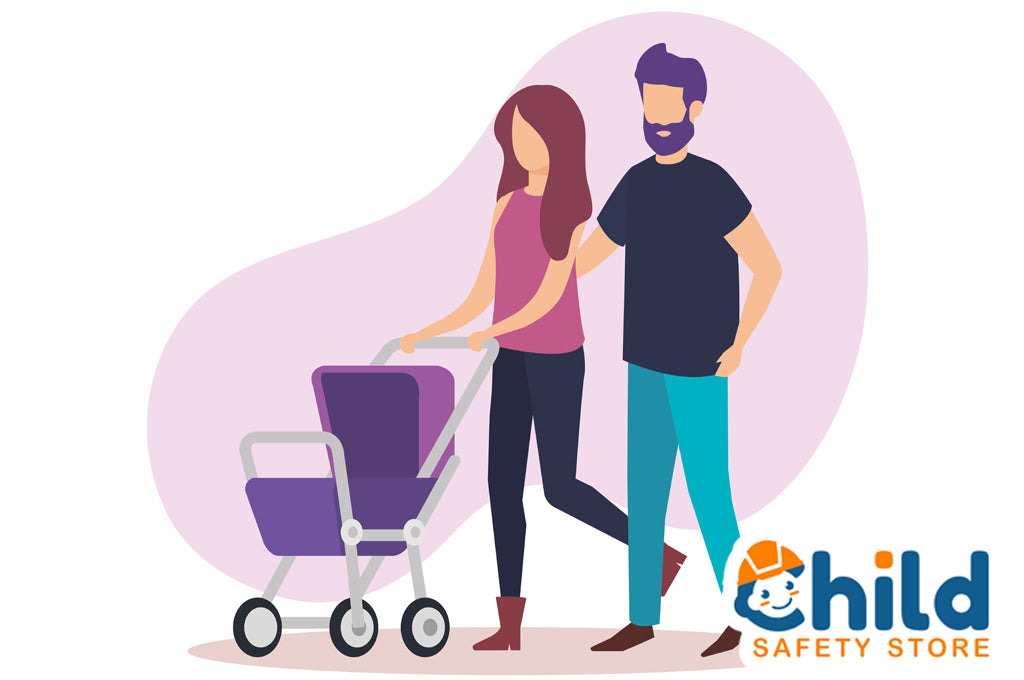
SIDS Awareness Month: Causes and Prevention
SIDS – you’ve likely heard the word, which is actually an acronym for Sudden Infant Death Syndrome, quite a bit. It’s an important enough topic that this month is dedicated to raising awareness for it.
Today, let’s go over what causes this syndrome and how to create a safe sleep environment for your infant and prevent your family from experiencing this type of tragedy.
What is SIDS?
Sudden infant death syndrome (SIDS) is the unexplained death of a seemingly healthy baby who is less than a year old. These deaths usually occur when the baby is asleep.
In 2017 alone, about nearly 1,400 babies died from SIDS. The scary fact is that this syndrome is the leading cause of death among babies between one month and one year of age. That said, about 90 percent of SIDS deaths happen before six months of age. The good news is that SIDS is largely preventable.
What Causes SIDS?
As researchers study the causes and circumstances of sudden infant deaths, we become more aware of some of the risk factors putting babies in harm’s way.
Still, there doesn’t seem to be any one catch-all cause. In fact, a number of components seem to come into play. Studies have even zeroed in on genetic and cultural factors. As an example, more boys were found to suffer from SIDS than girls.
Physical factors, like a baby’s low birth weight, contribute to SIDS. For instance, some infants are born with a brain abnormality that affects the portion of the brain that controls breathing and arousal from sleep. According to National Institutes of Health, more than 40 percent of infants in a group who died of SIDS were found to have this abnormality.
Environmental influences can also be a hazard for your child’s ability to sleep safely. These are the factors that we’re most able to adjust. See below for more information on some of these environmental influences, and how you can help to prevent SIDS.
Preventing SIDS
Proper Sleep Position
Health and pediatric organizations such as Mayo Clinic and American Academy of Pediatrics (AAP) have taken this issue to heart. They urge parents to place their babies on their backs during sleep-time for the first year of their life. Being placed on their side or stomach makes it more likely that their airway will become blocked or obstructed. As a result, this makes it difficult for little ones to breathe.
Share a Room
Your baby should sleep in your room… just not in your bed. According to the AAP, it is ideal to share a room with your baby for the first six months to a year of their life. Room-sharing decreases the risk of SIDS by as much as 50 percent. However – and this is a big however! – your baby should have their own sleep surface, such as a crib or bassinet, even when they are in your room. By sharing your bed, the baby is at great risk of getting trapped or suffocating from a blanket or pillow, having an adult roll over and block their airway.
Safe Sleep Environment
Keep your child’s sleep area as bare as possible. Sure, it won’t look as cute without the crib bumper pads, but it will be more than worth it to ensure your baby’s safety. A firm mattress may seem uncomfortable, but soft surfaces can create a suffocation risk. In addition, there should be no blankets. If it’s cold, use a swaddle or sleep sack instead. Pillows and toys should be left out of the crib and bassinet as well – even the stuffed puppy that calms them when they cries.
Additional safe sleep guidelines from the AAP include breastfeeding for six months if possible, using a pacifier when baby sleeps and preventing the baby’s exposure to secondhand smoke.
